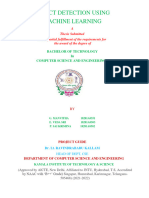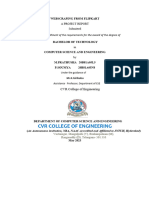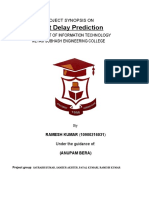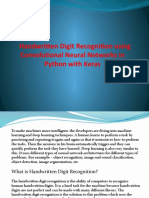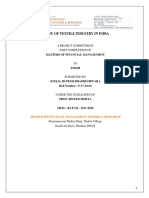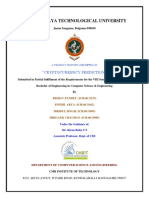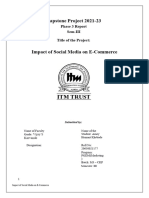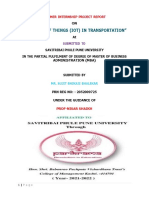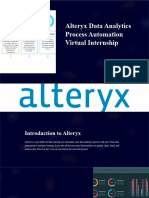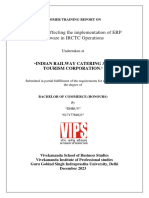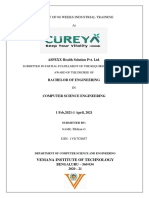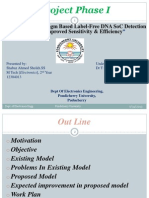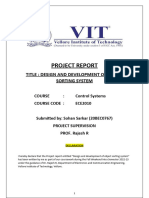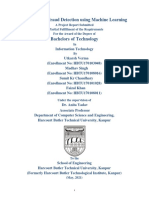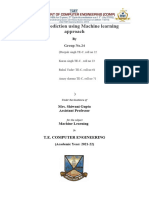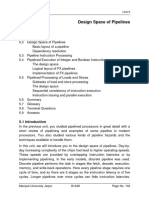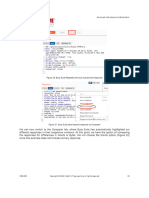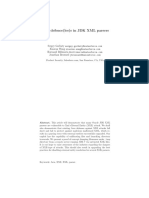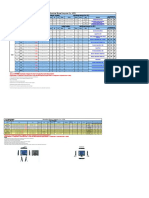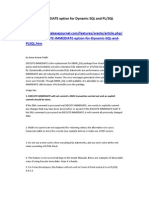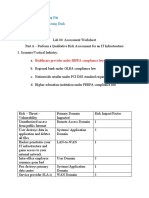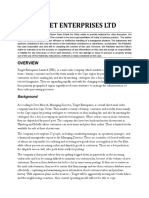0% found this document useful (0 votes)
518 views10 pagesMini Project Report
This document describes a machine learning model to predict software developer salaries based on factors like experience level, education, country, and developer type. It discusses collecting data from Stack Overflow surveys, cleaning the data, creating models using algorithms like decision trees and XGBoost, and deploying the best model (decision trees) via a Streamlit web app. The model aims to help developers and employers determine reasonable salary expectations.
Uploaded by
Vinay KumarCopyright
© © All Rights Reserved
We take content rights seriously. If you suspect this is your content, claim it here.
Available Formats
Download as DOCX, PDF, TXT or read online on Scribd
0% found this document useful (0 votes)
518 views10 pagesMini Project Report
This document describes a machine learning model to predict software developer salaries based on factors like experience level, education, country, and developer type. It discusses collecting data from Stack Overflow surveys, cleaning the data, creating models using algorithms like decision trees and XGBoost, and deploying the best model (decision trees) via a Streamlit web app. The model aims to help developers and employers determine reasonable salary expectations.
Uploaded by
Vinay KumarCopyright
© © All Rights Reserved
We take content rights seriously. If you suspect this is your content, claim it here.
Available Formats
Download as DOCX, PDF, TXT or read online on Scribd
/ 10





